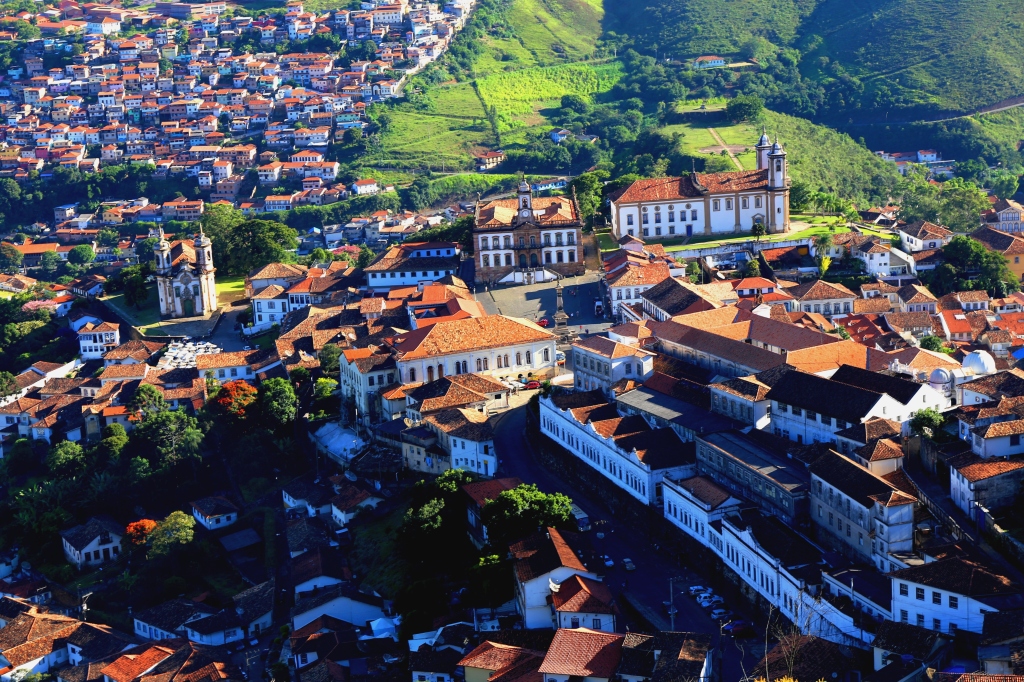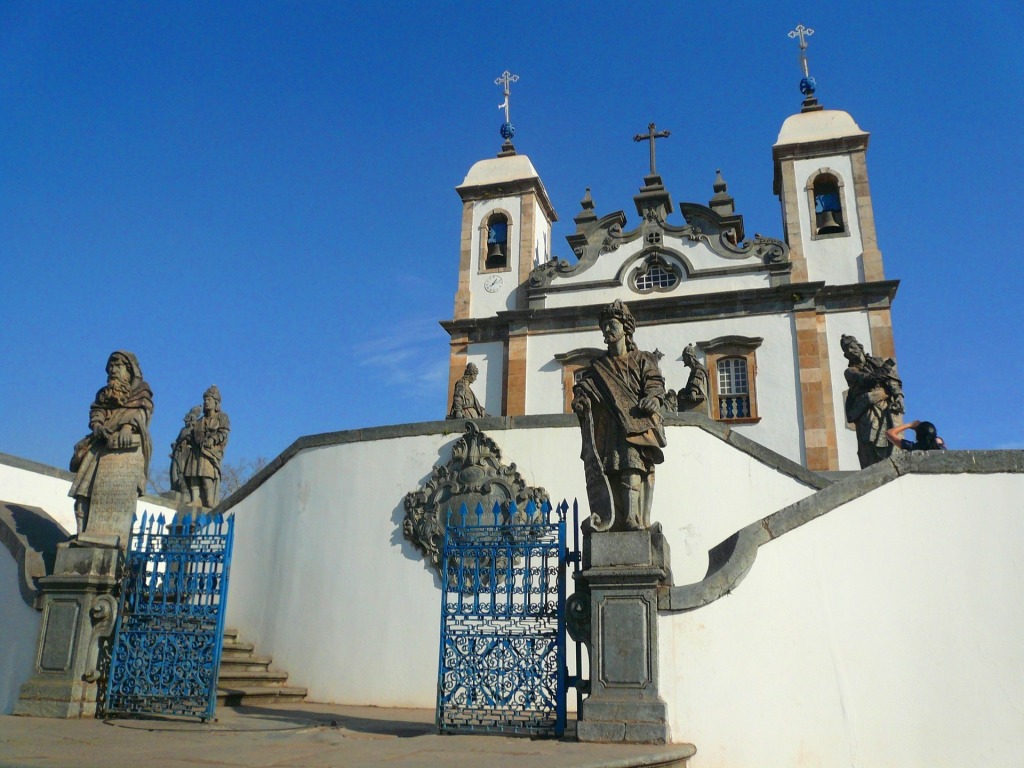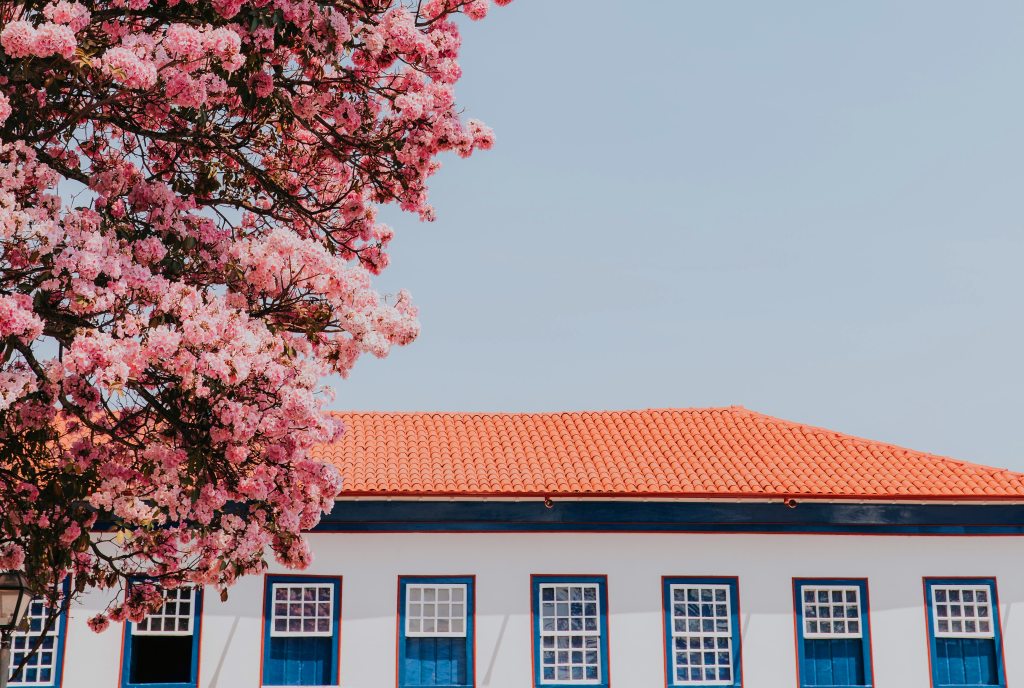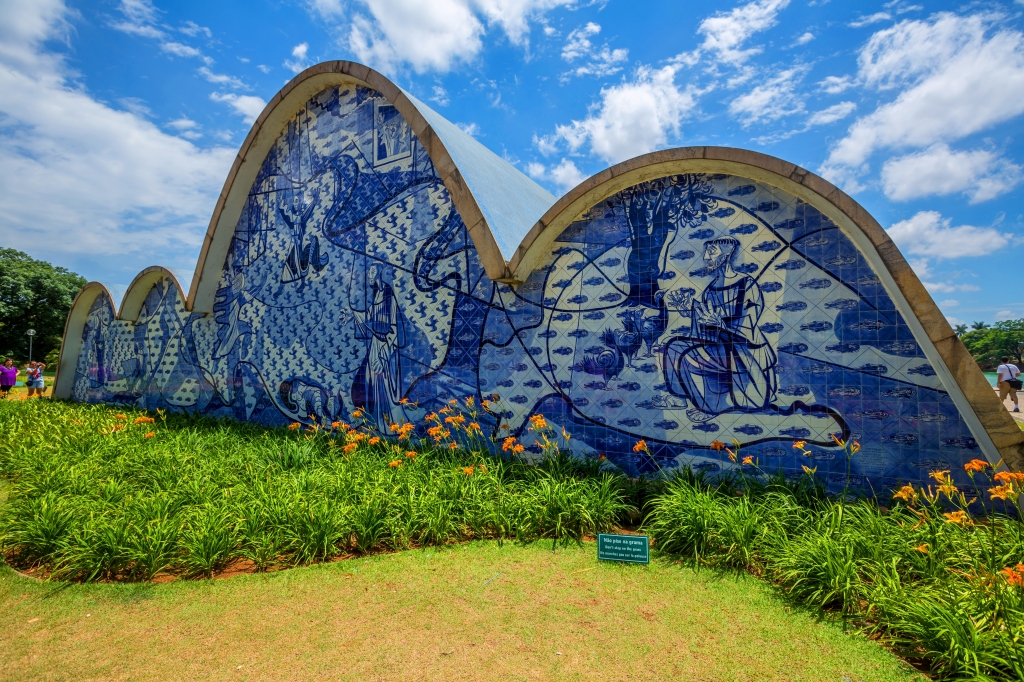Brazil has an impressive collection of UNESCO World Heritage Sites that showcase its rich culture, history, and natural wonders. The majority of the historic sites of Brazil are located in the state of Minas Gerais. Anyone interested in exploring the colonial heritage, admiring natural beauty, or sampling its delicious cuisine will find oneself pleasantly surprised in Minas Gerais. These UNESCO World Heritage Sites are just a few of the many incredible places to explore in Brazil, each offering a unique glimpse into the country’s fascinating past and present.
When to visit: Minas Gerais has a tropical climate with two main seasons: a rainy season (October to March) and a dry season (April to September). The dry season tends to have more comfortable temperatures and lower humidity, making it a popular time to visit. Overall, the best time to visit the towns of Minas Gerias is during the dry season (April to September), when the weather is comfortable and there are fewer chances of rain. However, if you’re interested in cultural events or don’t mind the possibility of rain, the high season or major events may be the best time for you. If you prefer to avoid crowds, consider visiting during the shoulder season (April to June) or low season (October to March).
Airport: Fly to Belo Horizonte (CNF)
Recommended Tour: Food and History
Here’s a summary of some of the most notable UNESCO World Heritage Sites of Minas Gerais:
1. Ouro Preto

Ouro Preto is a beautiful colonial city located in the state of Minas Gerais in Brazil. The city is known for its well-preserved Baroque architecture, churches, museums, and beautiful natural landscapes.
Must-See: stunning colonial-era buildings and churches i.e. Basilica of Nossa Senhora do Pilar, which features exquisite interior decoration with gold leaf and elaborate wood carvings, Museum of Inconfidência, which showcases the city’s history and culture, and Casa dos Contos, a former colonial mint that now serves as a museum.
In addition to its cultural and historical landmarks, Ouro Preto offers plenty of outdoor activities for nature enthusiasts. The city is surrounded by mountains, waterfalls, and beautiful scenery, making it an ideal destination for hiking, horseback riding, and birdwatching.
Cuisine: traditional Minas Gerais dishes such as feijão tropeiro (bean stew), pão de queijo (cheese bread), and doce de leite (caramelized milk).
Events: Ouro Preto is known for its vibrant cultural events, including the Carnival celebration, which takes place in February or March, and the Festival of Inconfidência, which occurs in April and commemorates a historic rebellion against Portuguese rule.
2. Congonhas

Congonhas is a small historic city located in the state of Minas Gerais, Brazil. The city is famous for its Baroque sculptures created by the renowned Brazilian artist, Aleijadinho. The Congonhas Bom Jesus Sanctuary, a UNESCO World Heritage Site, is a major attraction that draws visitors from all over the world.
Must-See: The Congonhas Sanctuary houses 12 life-size statues of the apostles, created by Aleijadinho, as well as a depiction of Christ carrying the cross. These stunning sculptures are made from soapstone and are considered some of the most important examples of Brazilian Baroque art. Explore the charming streets of the city and admire the colonial architecture. The main square, Largo do Rosário, is home to the 18th-century Church of Our Lady of the Rosary, which features exquisite Baroque decoration and a beautiful painted ceiling. Nature enthusiasts can also visit nearby parks and nature reserves, such as the Serra do Lenheiro State Park and the Paraopeba River Natural Park, which offer beautiful hiking trails and scenic views.
Cuisine: tutu de feijão (bean stew), frango ao molho pardo (chicken in a dark sauce), and queijo Minas (cheese).
Events: Congonhas is home to several religious festivals and events, including the Feast of the Bom Jesus de Matosinhos, which occurs in September and features processions, music, and food.
3. Diamantina

Diamantina is a charming and historic city located in the state of Minas Gerais, Brazil. The city is known for its well-preserved colonial architecture, music festivals, and beautiful natural landscapes.
Must-See: explore the city’s historic center with numerous colonial-era buildings, including the 18th-century Cathedral of St. Anthony, which features beautiful Baroque decoration and a stunning painted ceiling. Other popular attractions include the Casa de Juscelino Kubitschek, the former home of the Brazilian president, and the Chica da Silva House, a museum dedicated to the life of the famous Afro-Brazilian courtesan.
Diamantina is also known for its vibrant music scene and hosts several music festivals throughout the year, including the Festival de Inverno de Diamantina, which features classical music and jazz performances.
Nature enthusiasts will appreciate the city’s location in the Serra do Espinhaço mountain range, which offers beautiful hiking trails, waterfalls, and stunning views of the surrounding landscape.
Cuisine: feijão tropeiro (bean stew), carne de sol (dried and salted beef), and pão de queijo (cheese bread).
Events: Diamantina is home to several festivals and events throughout the year, including the Carnival celebration, which takes place in February or March, and the Seresta and Choro Festival in July, which features music and dance performances.
4. Pampulha Modern Ensemble

Pampulha Modern Ensemble is a unique and iconic architectural complex located in Belo Horizonte, the capital city of the state of Minas Gerais, Brazil. Designed by renowned Brazilian architect Oscar Niemeyer in the 1940s, the complex is considered a masterpiece of modernist architecture.
The complex includes several buildings and structures, such as the Church of St. Francis of Assisi, the Pampulha Art Museum, the Pampulha Modern Ensemble Ballroom, and the Casa do Baile. Each building features striking curved lines, bold shapes, and vibrant colors, showcasing Niemeyer’s innovative approach to modernist architecture.
Explore the complex on foot or by bike, enjoying the scenic views of the artificial lake and surrounding landscape. The Church of St. Francis of Assisi is a particular highlight, featuring stunning stained glass windows by Brazilian artist Candido Portinari and a ceiling mural by Brazilian painter Paulo Werneck.
Events: Belo Horizonte is home to several festivals and events throughout the year, including the Festival de Inverno (Winter Festival) in July, which features music, theater, and dance performances.
***
Boutique Travel Experts (BTE) is a small independent tour operator specializing in Brazil. All trips are tailor-made. BTE works with small hotels and local guides, encouraging a sustainable tourism and supporting responsible practises. BTE’s experts have travelled extensively in Brazil, and we know the country inside-out. There are many safe national parks – BTE wants to show you the beauty of Brazil through its UNESCO Heritage Sites.